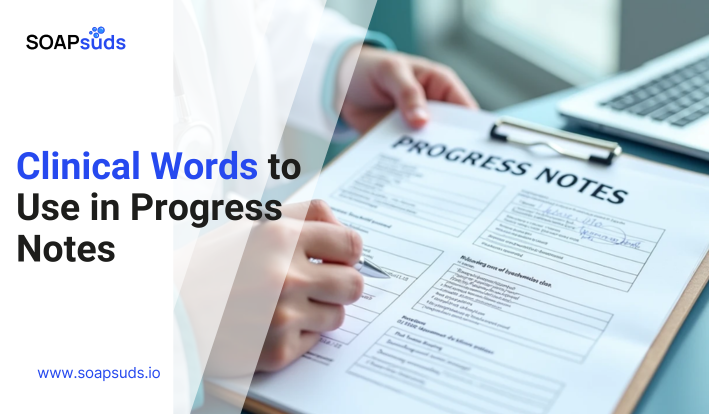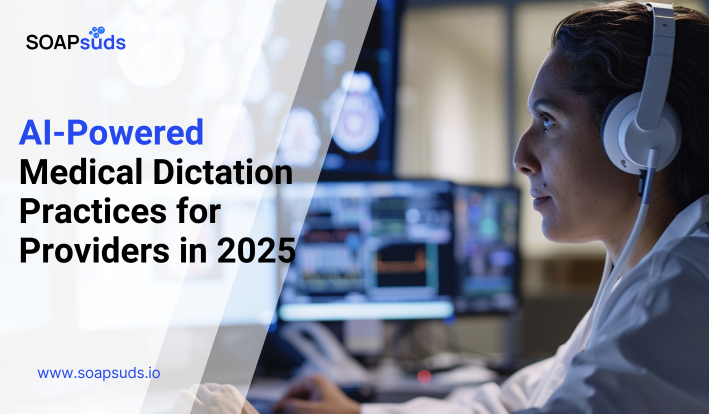Key Benefits of AI Medical Scribe Apps in Healthcare in 2025
SOAPsuds team
Published: 12/31/2024
SOAPsuds team
Published: 12/31/2024

Quality documentation is an essential pillar of providing optimal patient care. Progress notes and therapeutic...

In the United States, one in five people speaks a language other than English at...

Since AI emerged in the 1950s, its use across industries has improved work processes, with...

According to a Gallup study, seven out of ten people view the current healthcare system...

Healthcare is experiencing a data explosion, generating nearly 30% of the world’s data. By 2025...

AI Medical Scribes, like SOAPsuds, are changing how healthcare providers handle patient data by accurately...
Clinical Notes
SOAP notes
DAP notes
AI medical notes